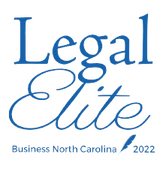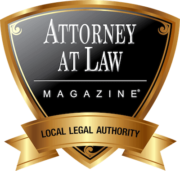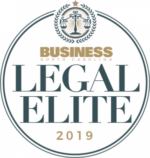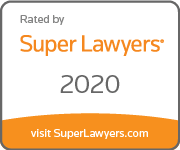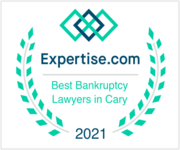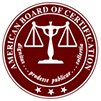Cramdown in a Chapter 13 Bankruptcy
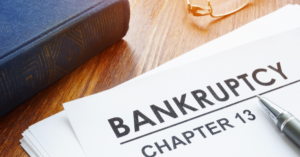
One of the major advantages of filing a bankruptcy under Chapter 13 is the ability to “cram down” a debt secured by your property. If you owe more than what your financed property is actually worth – which is a frequent problem in today’s economy – then cramdown may let you pay less by reducing the debt’s principal balance and interest rate.
Cramdown is most often associated with car loans, but it can apply, in certain instances, to investment mortgages and other types of personal property including furniture and household appliances. One key exception is that the Bankruptcy Code does not allow you to cramdown the mortgage of your principal residence.
How a Chapter 13 Cramdown Works
In a Chapter 13 bankruptcy, you propose a repayment plan to pay back your creditors over a three to five year period. In your plan, you can propose that the lender receive the fair market value of your property instead of the entire loan balance Cramdown is a procedure where a secured creditor is forced to accept repayment of the debt based upon the fair market value of collateral rather than the full amount owed on the debt.
Because cars begin to appreciate the moment you drive them off the lot, car loans are the most common use of a Chapter 13 cramdown. However, the same process applies to other types of loans eligible for cramdown as well.
As an example, suppose you financed a car in 2016 for $30,000. In 2020 you still owe $20,000, but the car is only worth $10,000, leaving the creditor with only $10,000 secured – the amount the creditor would get if it repossessed and sold the car. A cramdown can reduce your loan balance down to the $10,000 secured portion, or the “replacement value” of the vehicle.
With a cramdown, you will pay $10,000 instead of $20,000 balance through your Chapter 13 repayment plan. The unpaid portion of the loan balance, in this example $10,000, will receive the same treatment as your other nonpriority unsecured debts, such as credit cards and medical bills.
Since many Chapter 13 plans pay little or nothing to these creditors, the lender may receive nothing or pennies on the dollar on the remaining balance of the loan. At the completion of your plan, you will own the car free and clear. Any unpaid balance of the loan will be discharged.
Another benefit of cramdown is that you may be able to reduce the interest rate on the reduced balance to an amount set by the Court, which is sometimes less than the contract rate on the original note. Another benefit of cramdown is that you may be able to stretch out the payments for a period of time beyond the contractual loan term.
Chapter 13 Cramdown Restrictions
To prevent people from buying new, expensive cars and cramming down their loans shortly thereafter, an important restriction on car loan cramdowns exists. To take advantage of a car loan cramdown, you must have purchased the car at least 910 days (about 2 ½ years) before you filed the Chapter 13 bankruptcy case. This restriction may not apply if the vehicle was purchased for business purposes.
For instance, an individual who purchases a truck to be used in his or her delivery business may be able to take advantage of the cramdown procedure even if the vehicle was purchased less than 910 days before filing bankruptcy.
Parallel to the 910 day requirement, a one year rule applies to all other types of personal property such as furniture and household appliances. Bankruptcy law requires that people trying to cram down loans on personal property, other than a car, must have purchased the item attached to the loan at least one year before filing under Chapter 13.
While the timing restrictions noted above do not apply to mortgages, you cannot use a cramdown for the mortgage on your primary residence. You will be restricted to using it on other types of real estate property such as rental homes and investment property.
However, cramdown is infrequently used with regard to investment properties because the courts typically require a debtor to pay off the entire balance of any crammed down loan in full in the three to five year Chapter 13 plan. In many situations, a debtor will not be able to pay off even the crammed down version of a mortgage on investment property within this short time span.
You should consult with the Sasser Law Firm about using cramdowns in your Chapter 13 bankruptcy plan. When used correctly and on the right property, cramdown can be extremely useful in reducing, restricting, and/or eliminating your debt. Schedule a free consultation with our North Carolina bankruptcy law firm today to discuss whether Chapter 13 might be an option for you.




